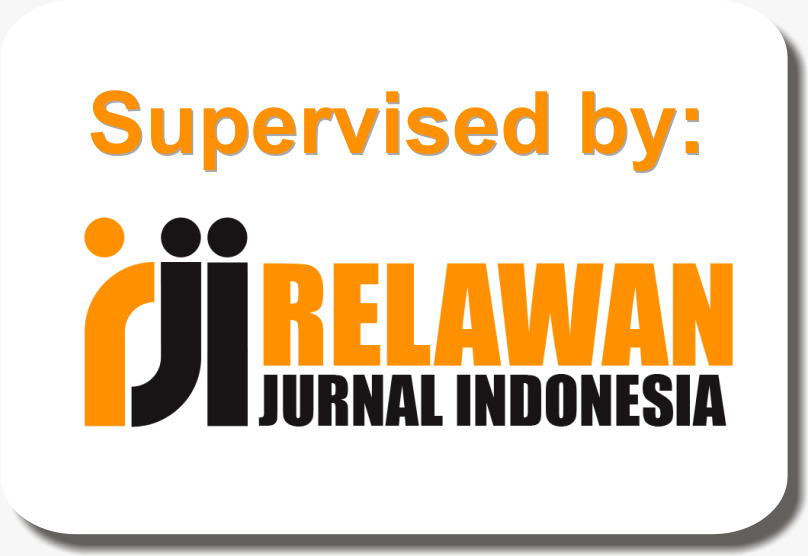Hybrid Ensemble Learning Network Security System To Improve Anomaly Detection Performance
DOI:
https://doi.org/10.29407/noe.v8i02.25617Keywords:
Anomaly Detection, Cyber Attack, Cyber Security, Hybrid Ensemble, Network Intrusion Detection SystemAbstract
Cyber attacks such as zero-day attacks and APTs are serious challenges for network intrusion detection systems, especially those that still rely on signature-based methods. This study aims to design a hybrid ensemble learning-based network anomaly detection system by combining the Isolation Forest, K-Means, and Random Forest algorithms using the majority voting method. The research process includes data preprocessing, training, and model evaluation using the CSE-CIC-IDS2018 public dataset. Evaluation is carried out using accuracy, precision, recall, F1-score, and AUC metrics. The results show that this hybrid approach improves detection accuracy by up to 99.9% and significantly reduces false positives compared to a single approach. The proposed system is proven to be more adaptive and efficient in identifying various cyber attack patterns, as well as contributing to the development of more reliable network security technology.
Downloads
References
Agustina, T., Masrizal, M., & Irmayanti, I. (2024). Performance Analysis of Random Forest Algorithm for Network Anomaly Detection using Feature Selection. Sinkron, 8(2). https://doi.org/10.33395/sinkron.v8i2.13625
Alserhani, F., & Aljared, A. (2023). Evaluating Ensemble Learning Mechanisms for Predicting Advanced Cyber Attacks. Applied Sciences, 13(24), 13310. https://doi.org/10.3390/app132413310
Anglen, J. (2024, September 19). AI in Anomaly Detection for Businesses. Retrieved January 14, 2025, from Rapidinnovation.io website: https://www.rapidinnovation.io/post/ai-in-anomaly-detection-for-businesses?form=MG0AV3
Asad, R., Altaf, S., Ahmad, S., Mahmoud, H., Huda, S., & Iqbal, S. (2023). Machine Learning-Based Hybrid Ensemble Model Achieving Precision Education for Online Education Amid the Lockdown Period of COVID-19 Pandemic in Pakistan. Sustainability, 15(6), 5431. https://doi.org/10.3390/su15065431
Dept. of Cyber Security, Shah & Anchor Kutchhi Engineering College Mumbai, India, & Bhelkar, Mr. S. (2024). Network Intrusion Detection System. INTERANTIONAL JOURNAL OF SCIENTIFIC RESEARCH IN ENGINEERING AND MANAGEMENT, 08(04), 1–5. https://doi.org/10.55041/IJSREM31278
Goswami, M. J. (2024). AI-Based Anomaly Detection for Real-Time Cybersecurity.
Kumar, A. Prof. R. (2023). A REVIEW ARTICLE ON CYBER SECURITY. INTERANTIONAL JOURNAL OF SCIENTIFIC RESEARCH IN ENGINEERING AND MANAGEMENT, 07(08). https://doi.org/10.55041/IJSREM25428
Mohamed Elmahalwy, A., Mousa, H. M., & Amin, K. M. (2023). New hybrid ensemble method for anomaly detection in data science. International Journal of Electrical and Computer Engineering (IJECE), 13(3), 3498. https://doi.org/10.11591/ijece.v13i3.pp3498-3508
Sakshi Bakhare & Dr. Sudhir W. Mohod. (2024). Evaluating the Performance and Challenges of Machine Learning Models in Network Anomaly Detection. International Journal of Scientific Research in Science, Engineering and Technology, 11(3), 42–52. https://doi.org/10.32628/IJSRSET5241134
Santoso, N. A., Lutfayza, R., Nughroho, B. I., & Gunawan, G. (2024). Anomaly detection in network security systems using machine learning. Journal of Intelligent Decision Support System (IDSS), 7(2), 113–120. https://doi.org/10.35335/idss.v7i2.238
Simplilearn. (2021, March 26). Ensemble Learning: Boost Accuracy with Multiple Models. Retrieved January 14, 2025, from Simplilearn.com website: https://www.simplilearn.com/ensemble-learning-article?form=MG0AV3
Downloads
Published
Issue
Section
License
Copyright (c) 2025 Rony Heri Irawan, Nico Adi Saputra, Umi Mahdiyah

This work is licensed under a Creative Commons Attribution-ShareAlike 4.0 International License.
Authors who publish with this journal agree to the following terms:
- Copyright on any article is retained by the author(s).
- The author grants the journal, right of first publication with the work simultaneously licensed under a Creative Commons Attribution License that allows others to share the work with an acknowledgment of the work’s authorship and initial publication in this journal.
- Authors are able to enter into separate, additional contractual arrangements for the non-exclusive distribution of the journal’s published version of the work (e.g., post it to an institutional repository or publish it in a book), with an acknowledgment of its initial publication in this journal.
- Authors are permitted and encouraged to post their work online (e.g., in institutional repositories or on their website) prior to and during the submission process, as it can lead to productive exchanges, as well as earlier and greater citation of published work.
- The article and any associated published material is distributed under the Creative Commons Attribution-ShareAlike 4.0 International License













